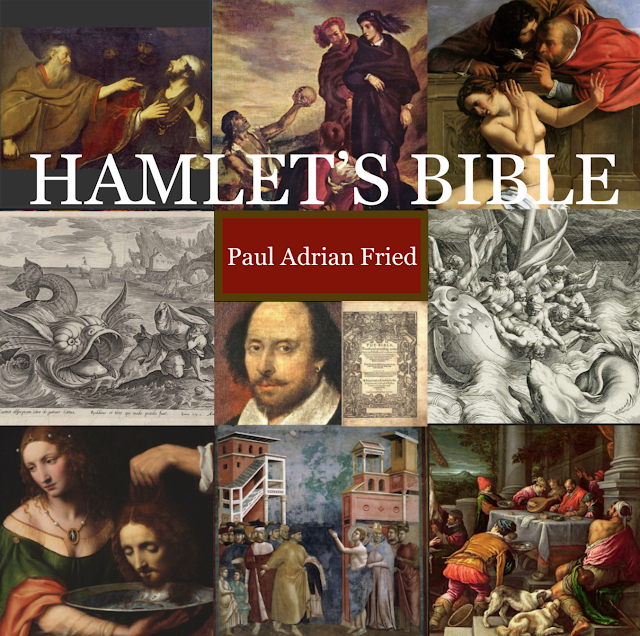Niobe & the Nemean Lion: Notes on Asimov on Hamlet, Part 2

Last week I started what will be a series of brief posts highlighting certain ideas from Isaac Asimov's two-volume work on Shakespeare. This week I want to address two interesting allusions Hamlet makes, pointed out by Asimov: The first is a comparison for his mother, the second an analogy for his own resolve. Although Asimov doesn't spell it out, both foreshadow his own death (but Asimov describes enough about the allusions that we can make the connection). For those teaching Shakespeare, especially to students encountering Hamlet for the first time, the stories of Niobe and of Hercules and the Nemean lion would very often be unfamiliar, in which case the foreshadowing would be lost on many new readers. We can still appreciate the basic thrust of the play in performance or in our reading without catching or reflecting on these two allusions, but these are examples of how attention to what at first seems relatively minor details might yield interesting results that helps ...



